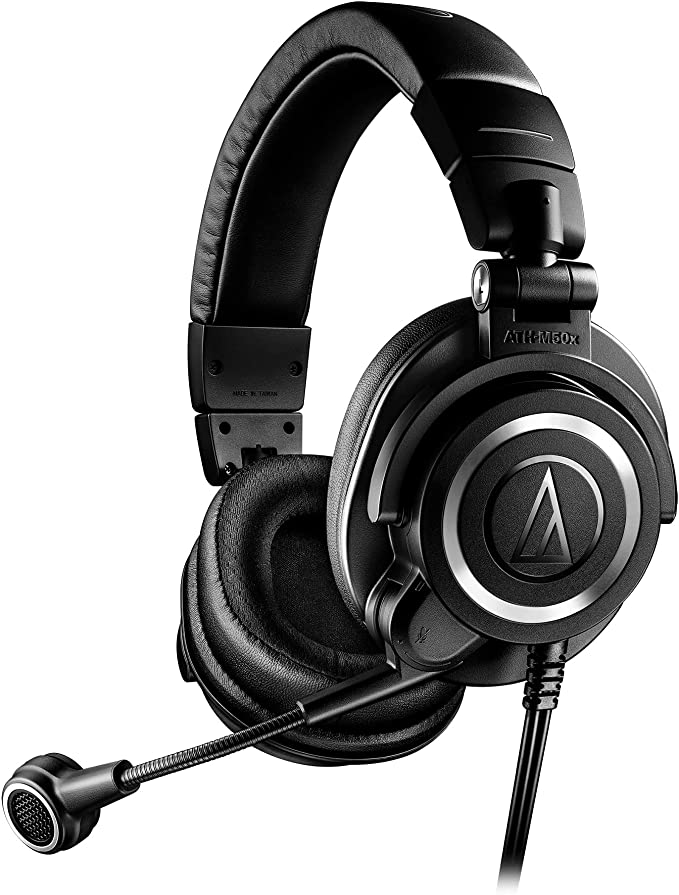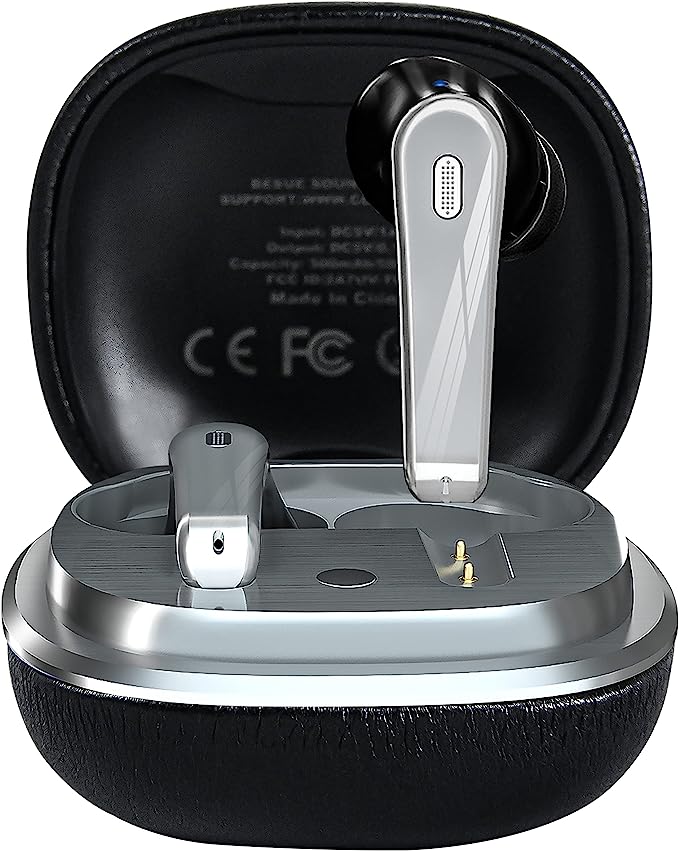NEEWER RL45B 18 Inch Edge Lit Ring Light: Illuminate Your Creativity
Update on Aug. 25, 2025, 5:04 p.m.
Light is the silent narrator of our lives. It is the first thing we perceive in the morning and the last we switch off at night. It dictates the mood of a room, the vibrancy of a painting, and the warmth of a human face on a screen. Yet, for most of us, light is a utility—a switch to be flicked, a function to be fulfilled. We have become accustomed to the harsh glare of a single overhead bulb, the unflattering shadows it casts, and the subtly distorted colors it reveals. We live, often unknowingly, under the tyranny of mediocre light. But what if we could treat light not as a mere utility, but as an instrument? What if we could shape it, color it, and soften it to tell the story we want? This isn’t a question of magic, but of science—a science that is now more accessible than ever, embodied in the very design of modern lighting tools.

The Anatomy of ‘Good’ Light: Texture
Before we can control light, we must first understand its character. The most fundamental quality of light is its texture—a property we perceive as either ‘hard’ or ‘soft’. Think of the difference between direct sunlight on a clear noon day and the gentle, diffused light of an overcast afternoon. The noon sun, a tiny point in the sky, casts sharp, defined shadows, highlighting every pore and wrinkle. The overcast sky, acting as a colossal light source, wraps its subject in an even, forgiving glow, smoothing features and softening edges. The physics is simple and profound: the larger the light source is relative to the subject, the softer the light.
For decades, achieving this softness required bulky, cumbersome equipment—enormous softboxes and light-bouncing umbrellas. The engineering challenge was how to create a large, even light source in a sleek, manageable form. The answer lies in an elegant piece of optical engineering known as Edge-Lit Technology. Instead of a grid of LEDs firing directly at you like a firing squad, this technology places the LEDs along the inner rim of the fixture. In a device like the NEEWER RL45B, its 288 premium LEDs project their light sideways into a specially designed light guide panel. This panel, a marvel of material science, catches the light and re-emits it evenly across its entire 18-inch surface. The result? A physically slim 0.78-inch ring transforms into a vast, virtual plane of light, producing that coveted, ethereal glow that feels less like an artificial source and more like a window to a perfectly overcast sky.

The Anatomy of ‘Good’ Light: Truth and Mood
If softness is the texture of light, then color is its soul. This soul has two distinct dimensions: truth and mood. The ‘truth’ of light is its ability to render colors accurately, a quality measured by the Color Rendering Index (CRI). Imagine a basket of fresh strawberries. Under the full-spectrum light of the sun, their red is deep, rich, and utterly appetizing. Now, place those same strawberries under a cheap office fluorescent, and they may appear dull, slightly orange, and unappealing. The strawberries haven’t changed, but the light telling their story has lied. The sun has a perfect CRI of 100. A light source with a CRI of 97+, like that of the RL45B, is of professional, broadcast-grade quality. It means that the foundation shade you apply, the subtle hues of a watercolor painting, or the precise color of a product you’re selling online will be represented with almost perfect fidelity. It ensures that what you see is what you get.
The ‘mood’ of light, on the other hand, is governed by its Color Temperature, measured in Kelvin (K). This is the emotional palette of light. Think of the warm, orangey-yellow glow of a candle, around 2900K, which feels cozy, intimate, and relaxing. Compare that to the crisp, blue-white light of a clear sky, around 7000K, which feels energetic, clean, and clinical. The ability to travel this entire spectrum is the ability to direct the emotional tone of a scene. The NEEWER RL45B’s vast 2900K-7000K range allows you to perfectly match the ambient light of your room, creating a seamless, natural look, or to intentionally shift the mood. You can dial in the warmth for a relaxed livestream or tune it to a neutral daylight for a focused, productive video conference. You are no longer just lighting a space; you are scoring it with an emotional soundtrack of color.

From Science to Symphony: Conducting the Light
Having access to perfect texture, truth, and mood is one thing; conducting them with grace and precision is another. The most brilliant tool is useless if it is clumsy to operate. Here, the design philosophy moves from pure physics to human interaction. For a solo creator adjusting their own setup, fumbling with controls on the back of a light is a frustrating workflow interruption. The introduction of a detachable, magnetic remote controller is a masterstroke of ergonomic design. It lives on the light, charging, until you need it. Then, it becomes a wireless wand in your hand, allowing for real-time adjustments from your seat.

This ecosystem of control extends further, acknowledging that different tasks demand different tools. For complex setups or those who prefer a larger interface, controlling the light via a dedicated smartphone app or even from a PC or Mac via a 2.4G transmitter transforms the light into a node in a digital studio. This multi-faceted approach ensures that whether you are a TikTok creator needing quick scene changes, a makeup artist demanding unwavering color accuracy, or a CEO conducting a global town hall from their home office, the technology adapts to you, not the other way around. It is the final piece of the puzzle, turning scientific potential into a seamless creative symphony.

In the end, our relationship with light is evolving. It is moving away from a passive acceptance of whatever is available to an active, intentional act of design. The principles of soft diffusion, color fidelity, and mood-setting are no longer the exclusive domain of Hollywood cinematographers. Through thoughtful engineering and user-centric design, the power to conduct light—to shape the narrative of our spaces, our work, and ourselves—is now firmly within our grasp. It is time to stop just illuminating and start designing. After all, the story of our world is written in light; we finally have the pen.












